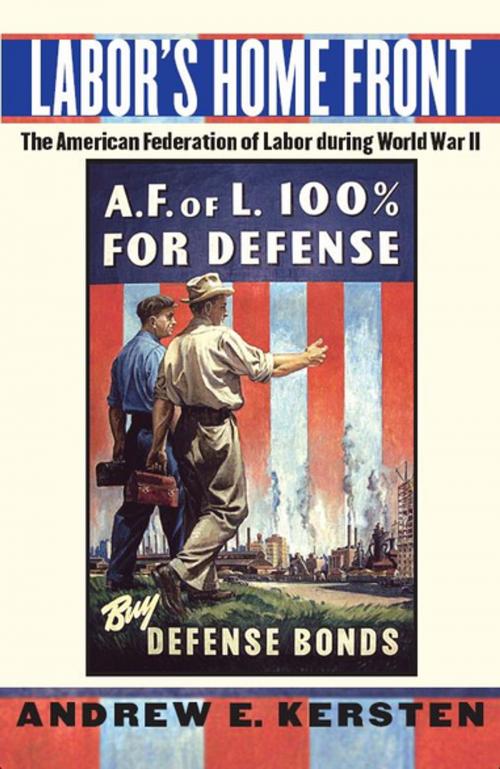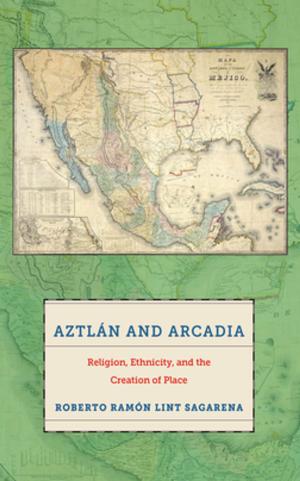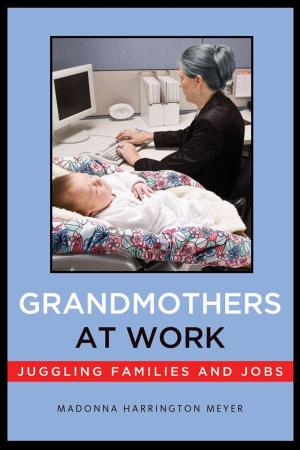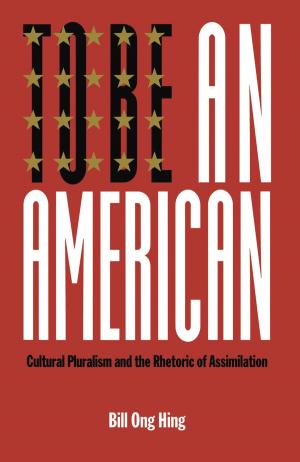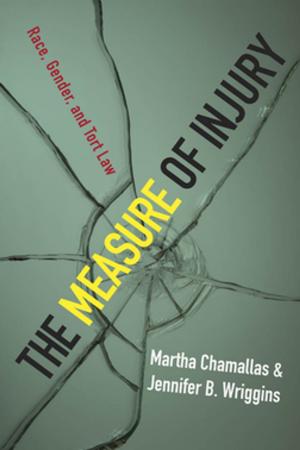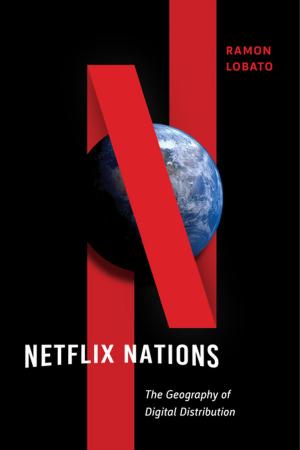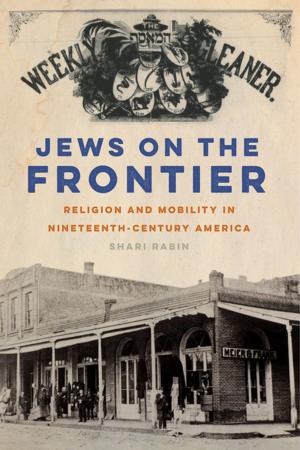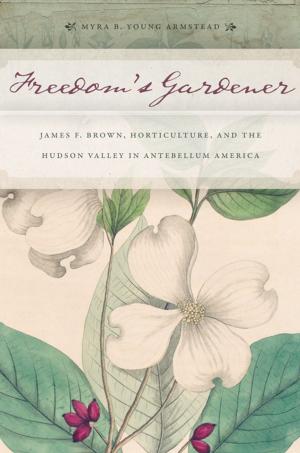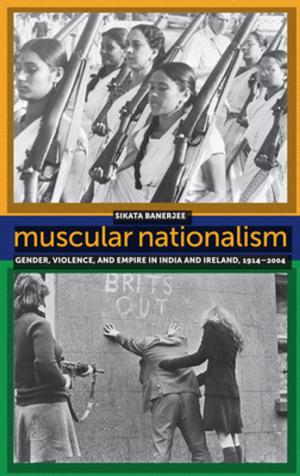Labor's Home Front
The American Federation of Labor during World War II
Nonfiction, History, Americas, United States, 20th Century| Author: | Andrew E. Kersten | ISBN: | 9780814748350 |
| Publisher: | NYU Press | Publication: | October 1, 2006 |
| Imprint: | NYU Press | Language: | English |
| Author: | Andrew E. Kersten |
| ISBN: | 9780814748350 |
| Publisher: | NYU Press |
| Publication: | October 1, 2006 |
| Imprint: | NYU Press |
| Language: | English |
One of the oldest, strongest, and largest labor organizations in the U.S., the American Federation of Labor (AFL) had 4 million members in over 20,000 union locals during World War II. The AFL played a key role in wartime production and was a major actor in the contentious relationship between the state, organized labor, and the working class in the 1940s. The war years are pivotal in the history of American labor, but books on the AFL’s experiences are scant, with far more on the radical Congress of Industrial Unions (CIO).
Andrew E. Kersten closes this gap with Labor’s Home Front, challenging us to reconsider the AFL and its influence on twentieth-century history. Kersten details the union's contributions to wartime labor relations, its opposition to the open shop movement, divided support for fair employment and equity for women and African American workers, its constant battles with the CIO, and its significant efforts to reshape American society, economics, and politics after the war. Throughout, Kersten frames his narrative with an original, central theme: that despite its conservative nature, the AFL was dramatically transformed during World War II, becoming a more powerful progressive force that pushed for liberal change.
One of the oldest, strongest, and largest labor organizations in the U.S., the American Federation of Labor (AFL) had 4 million members in over 20,000 union locals during World War II. The AFL played a key role in wartime production and was a major actor in the contentious relationship between the state, organized labor, and the working class in the 1940s. The war years are pivotal in the history of American labor, but books on the AFL’s experiences are scant, with far more on the radical Congress of Industrial Unions (CIO).
Andrew E. Kersten closes this gap with Labor’s Home Front, challenging us to reconsider the AFL and its influence on twentieth-century history. Kersten details the union's contributions to wartime labor relations, its opposition to the open shop movement, divided support for fair employment and equity for women and African American workers, its constant battles with the CIO, and its significant efforts to reshape American society, economics, and politics after the war. Throughout, Kersten frames his narrative with an original, central theme: that despite its conservative nature, the AFL was dramatically transformed during World War II, becoming a more powerful progressive force that pushed for liberal change.
